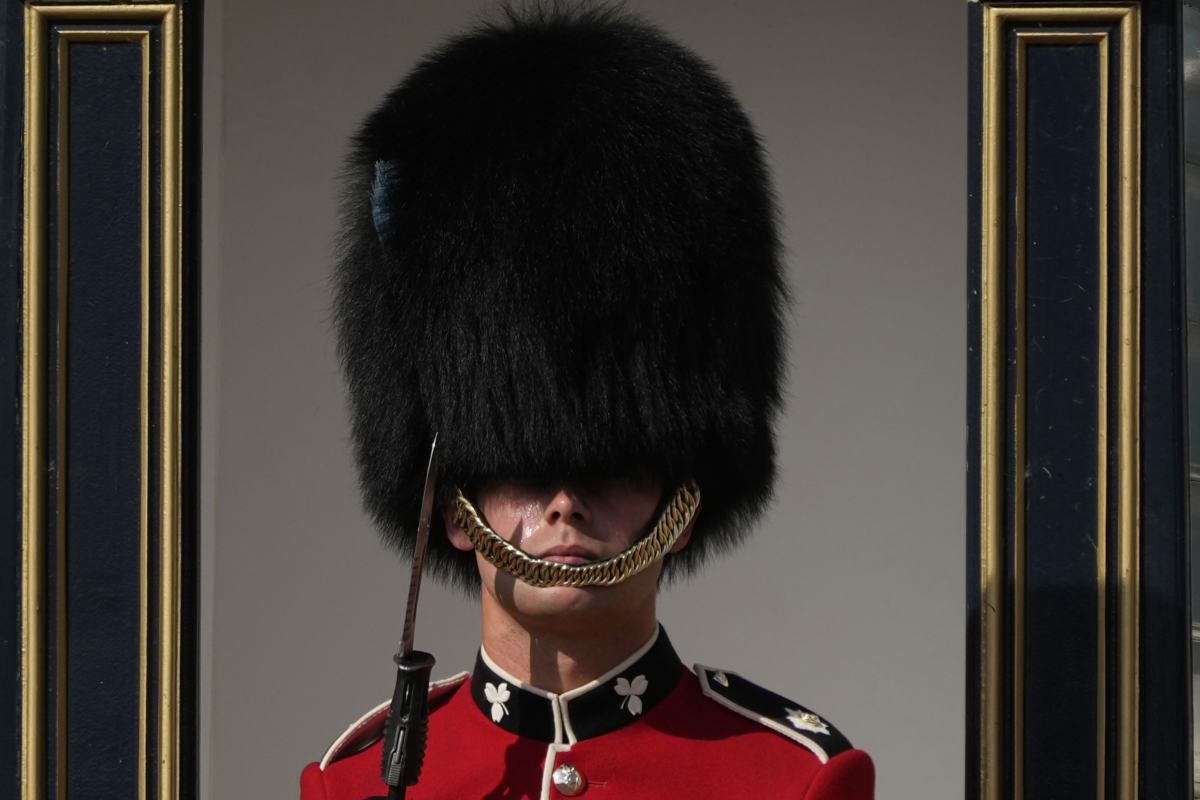Uncategorized
Are the King’s Guards bearskin hats really made of bear skin? – The Sun
THE King's Guards are famous worldwide for wearing their recognisable furry black hats, known as bearskin hats.
The name makes many people wonder whether the hats are actually made of real bear skin.
The bearskin is a type of ceremonial military hat.
The hats are a bit of a controversial topic as they really are made out of bear skin.
The headwear is made from the skin of real Canadian Black Bears.
The bear skin is sourced from Canada as they have a large population of bears, hundreds of which are killed every year.
Canadian law states that up to 5% of the total population of bears can be legally killed annually.
The British Army takes around 100 of these bear skins for its own use.
The bearskin hats that are worn by the King's Guard are made of out real bear fur.
Many people have criticised the use of genuine bear skin on the hats and called for the hats to be made of faux fur.
In 2005 the Ministry of Defence began a two-year trial of other materials for use on the hats, however, they could not find anything that they deemed to be an adequate replacement.
The MOD said that hats made out of fake fur have "unacceptable rates of water shedding".
The issue continues to stir debate amongst animal rights groups, including PETA.
PETA have argued that it takes a whole bear to make just one hat.
Official figures show that the government spent almost £1 million in seven years on bearskin hats for the military.
Between 2014 and 2019, the MOD bought 891 hats for the (then) Queen's Guards.
According to PETA, up to 1,000 bears could have died in the process of making them.
In 2020, the MOD told PETA that they had spent £145,000 on 110 bearskin caps.
Previous purchases of bearskin hats include:
Although the bearskin cap is synonymous with British foot guard regiments, it has in fact been worn by several armies around the world.
Bearskin hats have been worn in Europe as early as the midpoint of the 17th century.
However, the style did not catch on until about a hundred years later when in 1761 French grenadiers wore them to imitate their Prussian counterparts.
The imposing hats became part of the official uniform of the Grenadier Guards regiment after their victory at the Battle of Waterloo in 1815.
The idea behind the hat was initially to make the soldiers appear taller and more intimidating in battle.
Nowadays, five of the British Army's foot guard regiments wear bearskin caps.
These include the Coldstream, Grenadier, Scots, Irish and Welsh Guards, who can be seen every year in the Trooping of the Colour.
Trooping the Colour takes place annually in June and is a ceremonial military parade.
It is held each year to mark the official birthday of the monarch, which is why the Royal Family take part in the celebrations.
The King's Guards take part in the spectacle and wear their iconic headgear for the occasion.
The standard bearskin hat worn by the King's Guards is 18 inches tall and surprisingly not heavy, weighing just 1.5 pounds (700 grams).
Wearers say the bearskins are light and cool, making them quite comfortable.
However, the chin straps are apparently rather tight and take some getting used to.
The reason for the hats being worn so low over the eyes is that it forces the guardsmen to maintain an upright posture in order to see.
Service caps worn by guardsmen have a near-vertical peak for the exact same reason.
The decision to place the strap below the lips rather than the chin was originally to protect the soldiers' necks when in combat.
©News Group Newspapers Limited in England No. 679215 Registered office: 1 London Bridge Street, London, SE1 9GF. “The Sun”, “Sun”, “Sun Online” are registered trademarks or trade names of News Group Newspapers Limited. This service is provided on News Group Newspapers’ Limited’s Standard Terms and Conditions in accordance with our Privacy & Cookie Policy. To inquire about a licence to reproduce material, visit our Syndication site. View our online Press Pack. For other inquiries, Contact Us. To see all content on The Sun, please use the Site Map. The Sun website is regulated by the Independent Press Standards Organisation (IPSO)
Our journalists strive for accuracy but on occasion we make mistakes. For further details of our complaints policy and to make a complaint please click this link: thesun.co.uk/editorial-complaints/

